Overview
Map
Other Details
كنيسة السيّدة
Aamchit
Jbeil
Mount Lebanon
كنيسة السيّدة - عمشيتبُنيت الكنيسة الأولى أواسط القرن العاشر وكان يطلق عليها إسم سيّدة البيدر. سنة ١٧٨٢ بُنيت الكنيسة الحاليّة. سنة ١٩٠٠. أُفيم في الكنيسة بيت القربان الرخاميّ ووضعت لوحة سيّدة الإنتقال. سنة ١٩٥٨ رمّمت الكنيسة ووُسّعت آخذة شكلها الحاليّ بعدما أُزيلت من داخلها الشواهد والقبور. رُمّمت الكنيسة أواخر القرن العشرين وهي كناية عن عقد مُصالب ينتهي بحنية.The church of Our Lady - AmshitThe first church was built in the middle of the Xth century and was known by our Lady of the field. In 1782 the current church was built. In 1900 the marble tabernacle and the painting of the Assumption were brought. In 1958 the church was restored and all of the tombs and the shrines where removed. The church was renewed in the latter part of the XXth century. The structure consists of a crossed vault ending with an apse.
Visited 2566 times, 3 Visits today



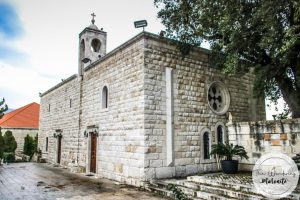
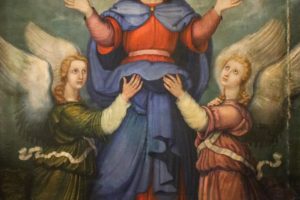
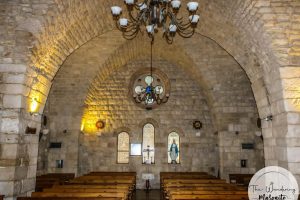
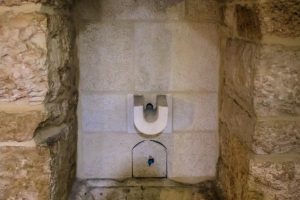
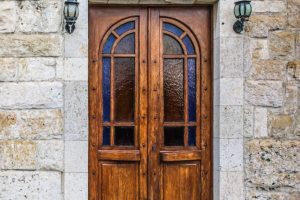
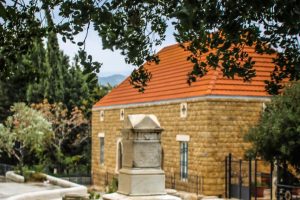
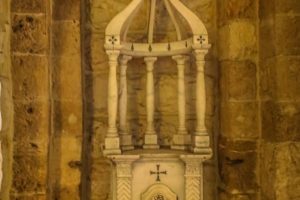
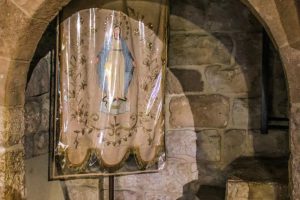
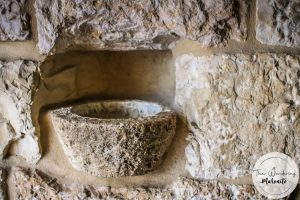
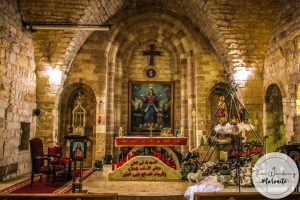










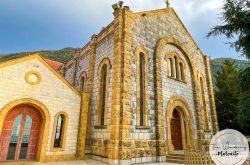
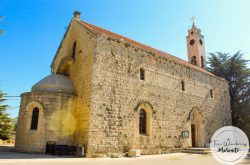
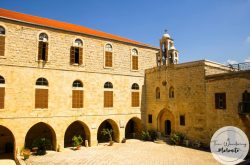
Reviews are disabled, but trackbacks and pingbacks are open.